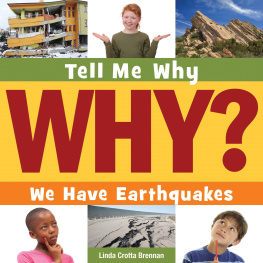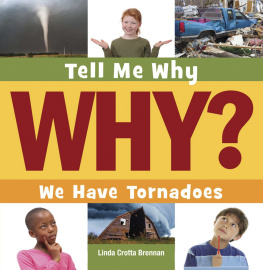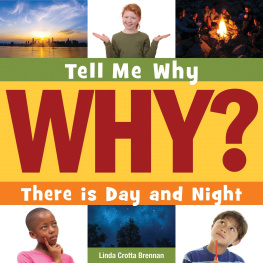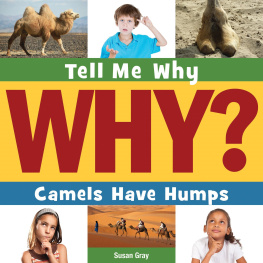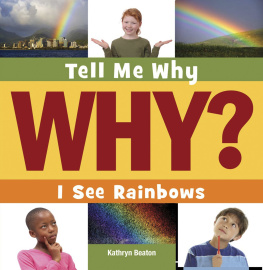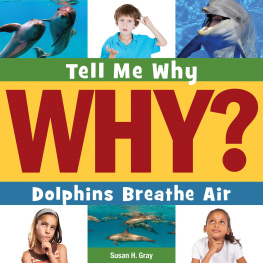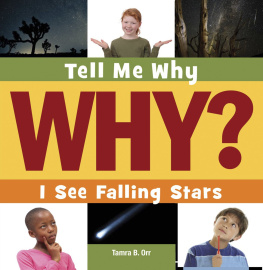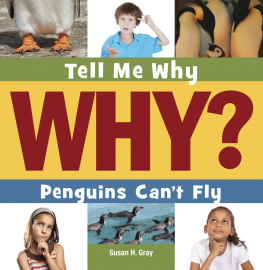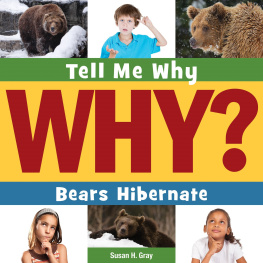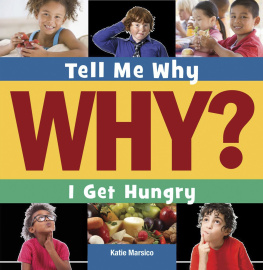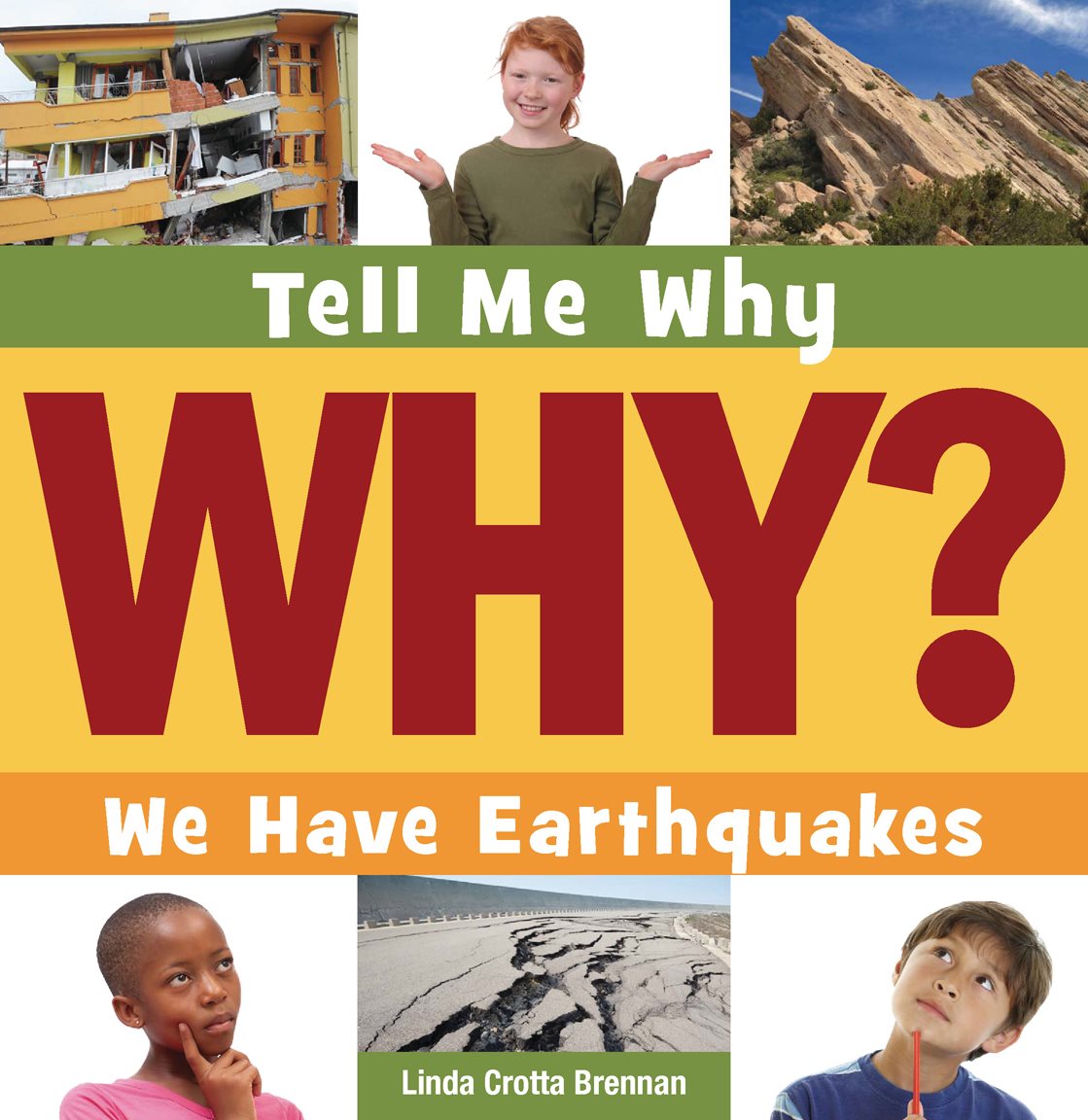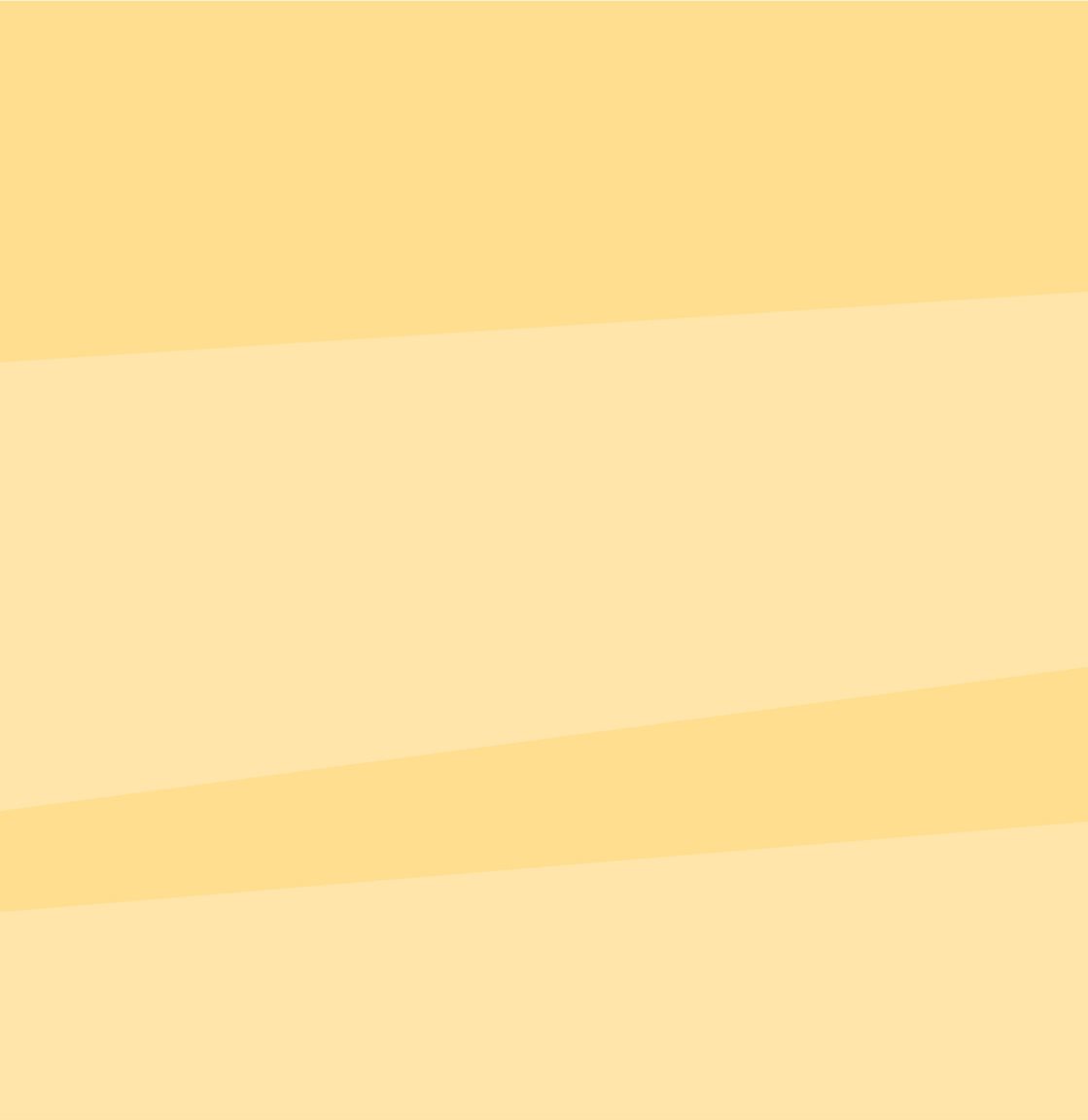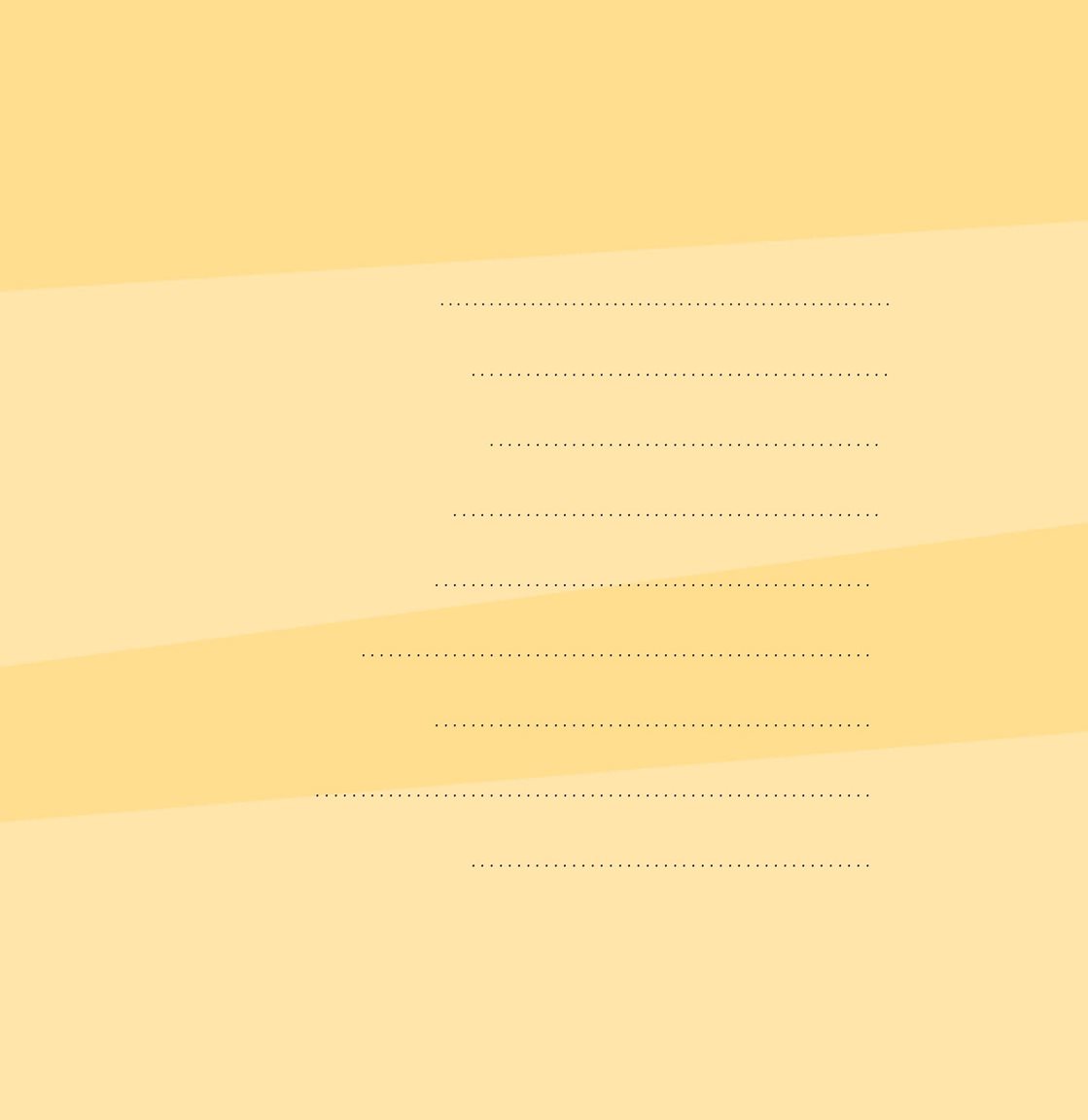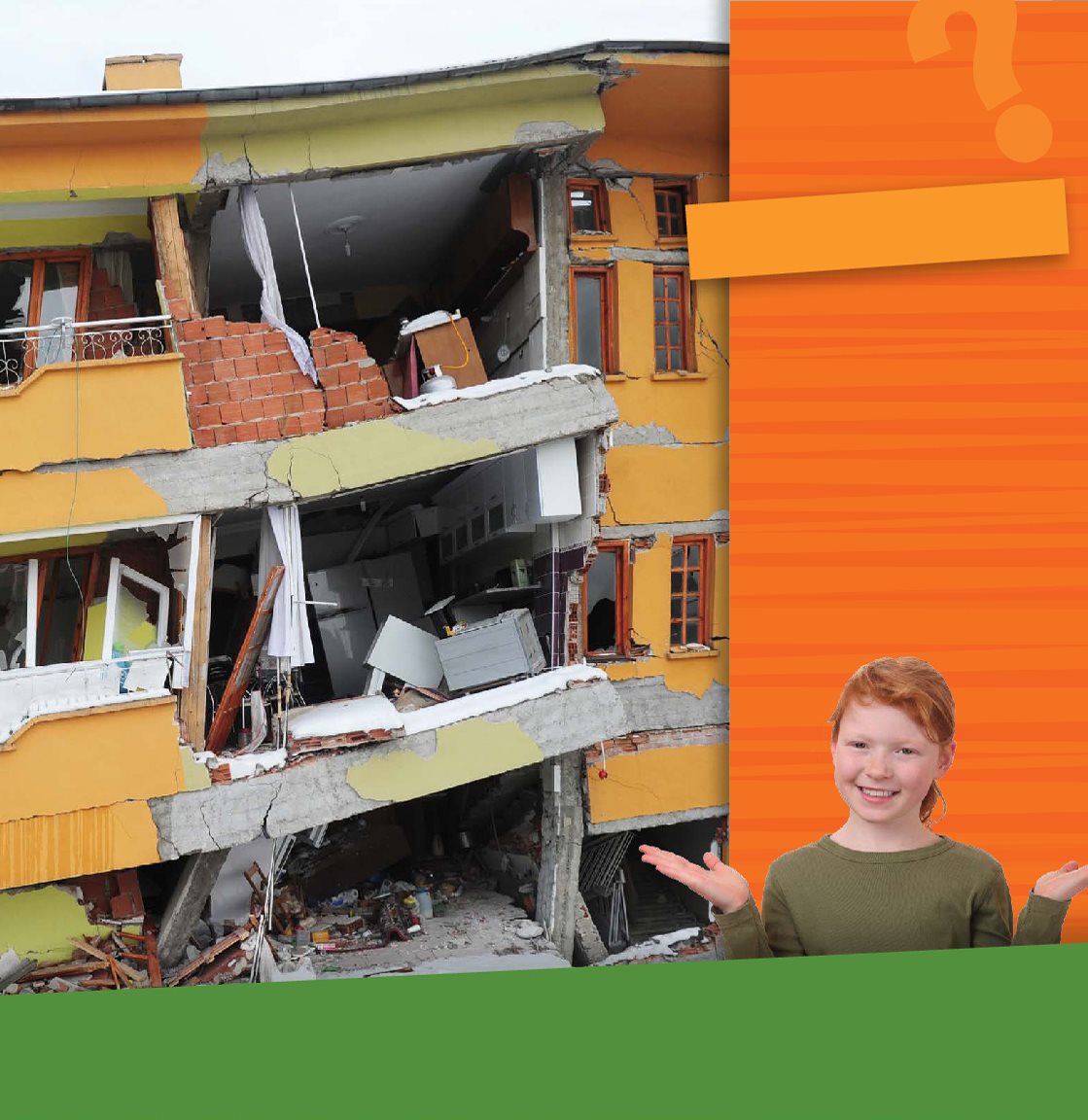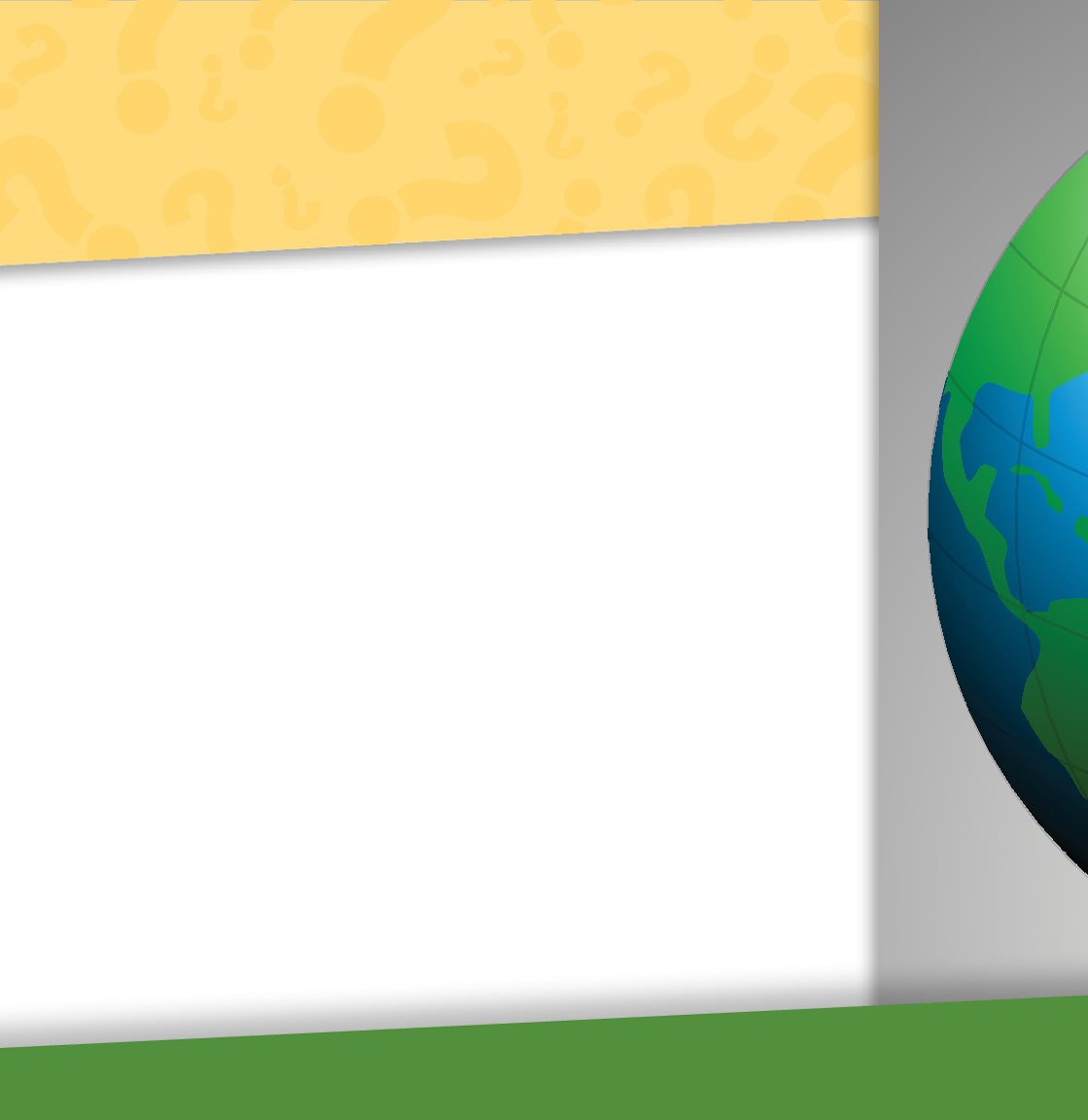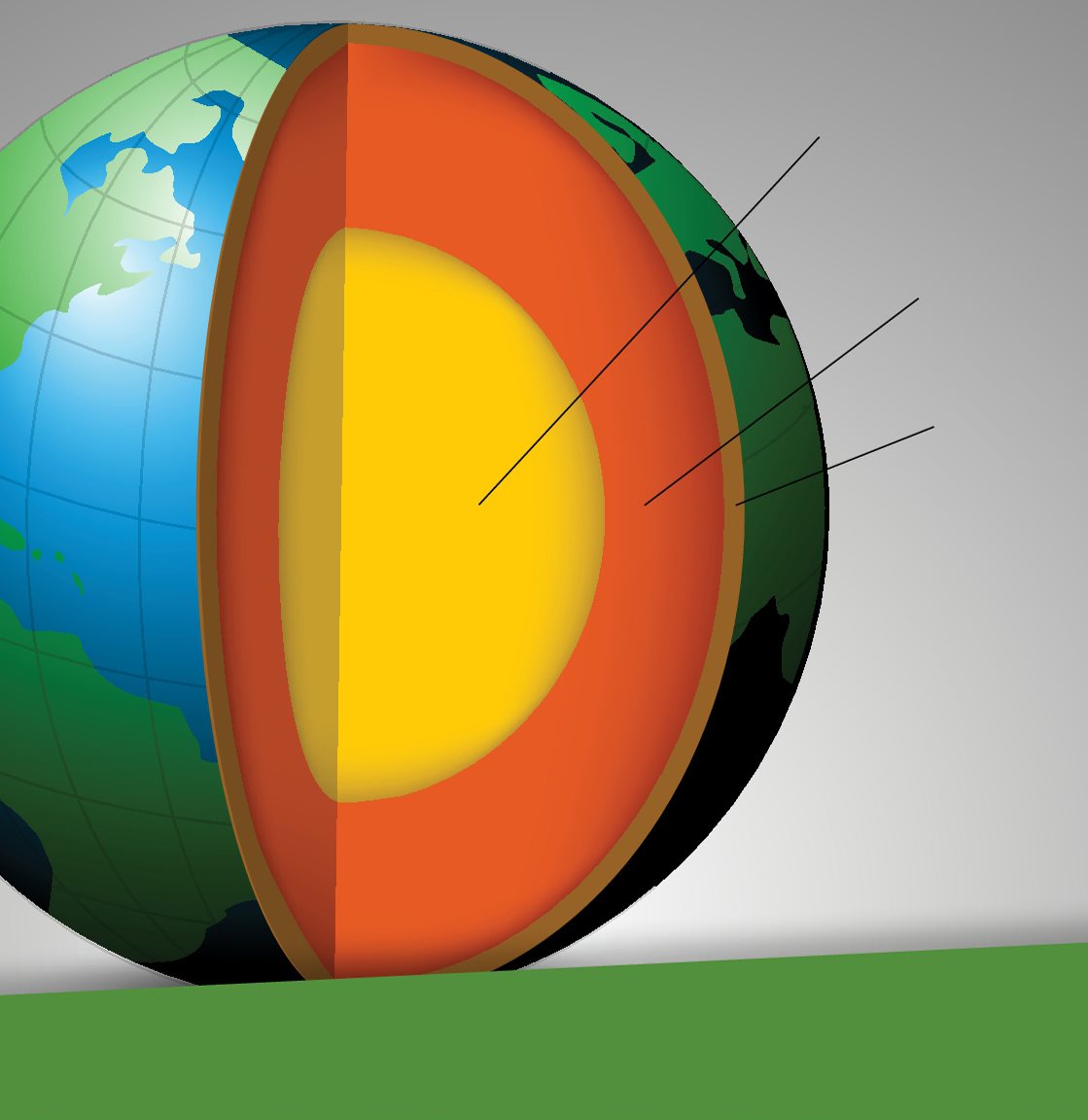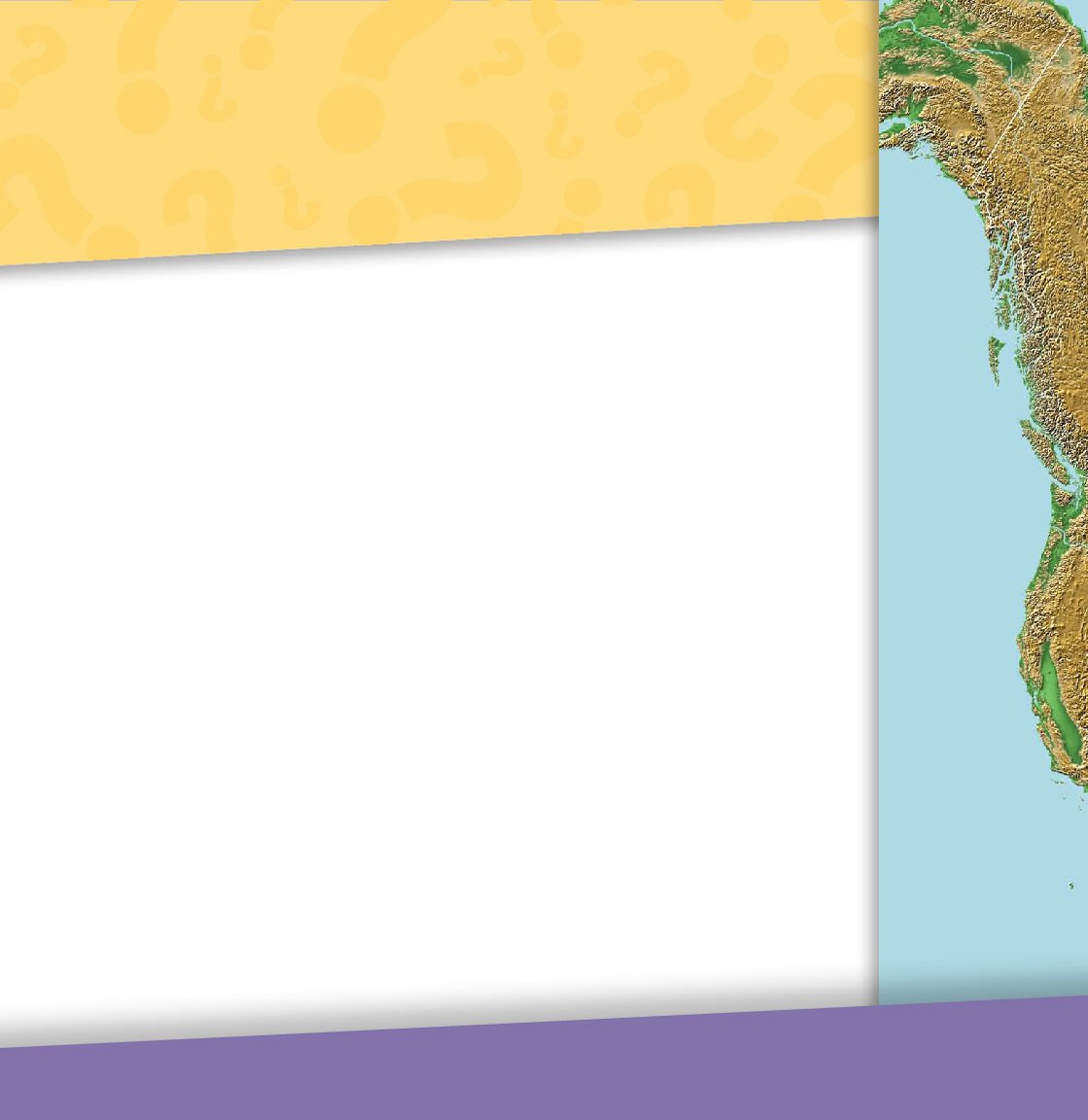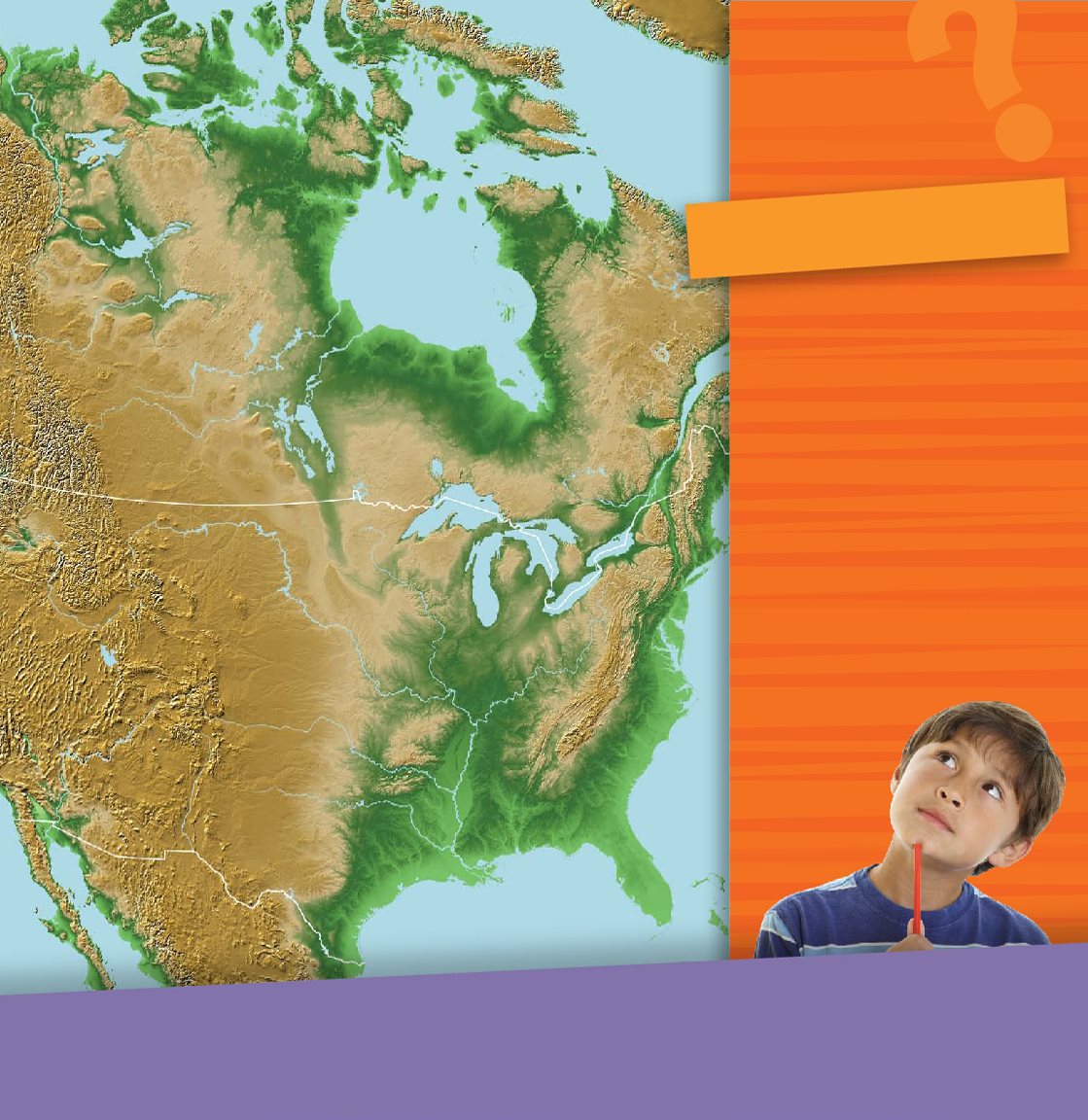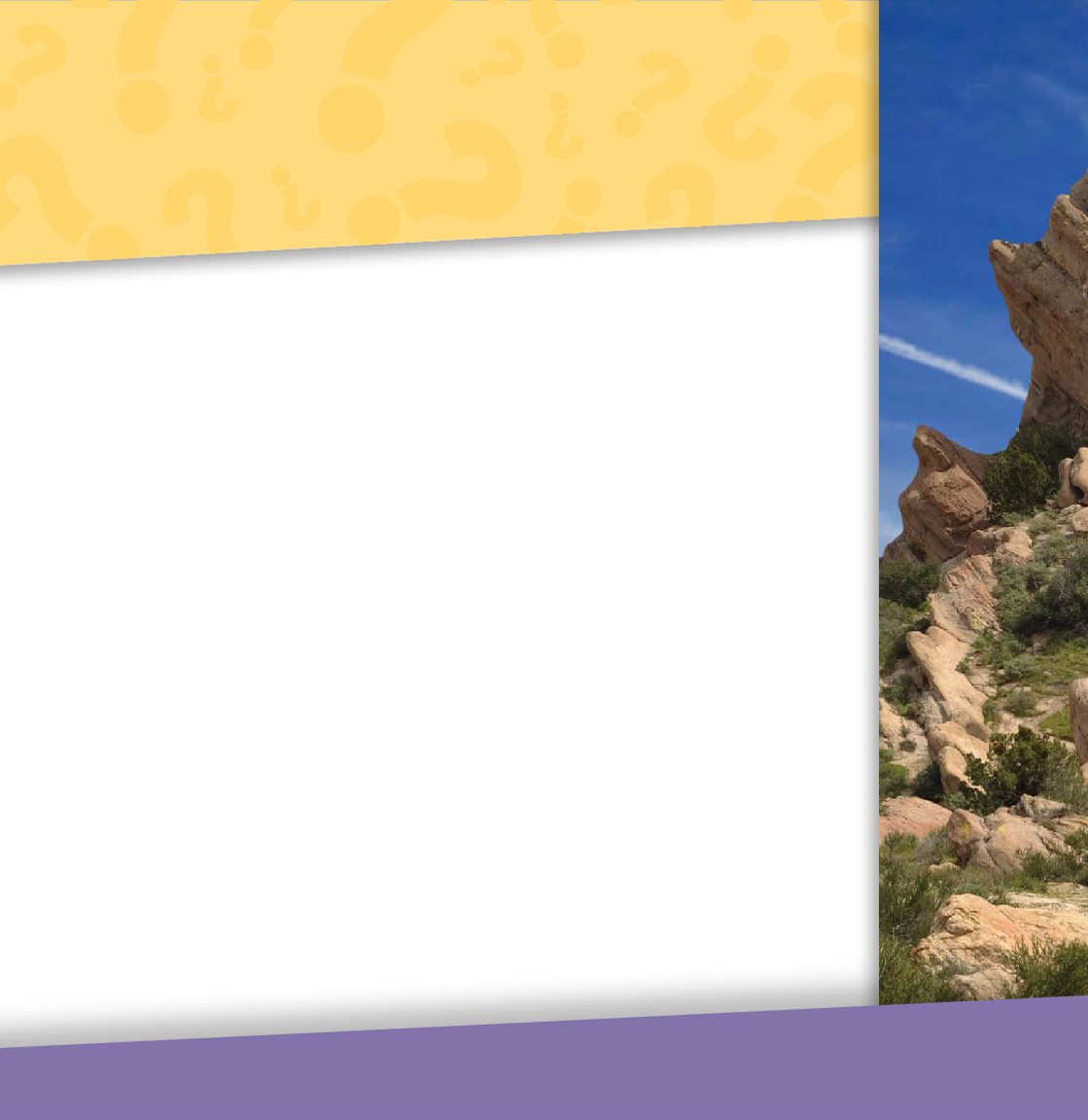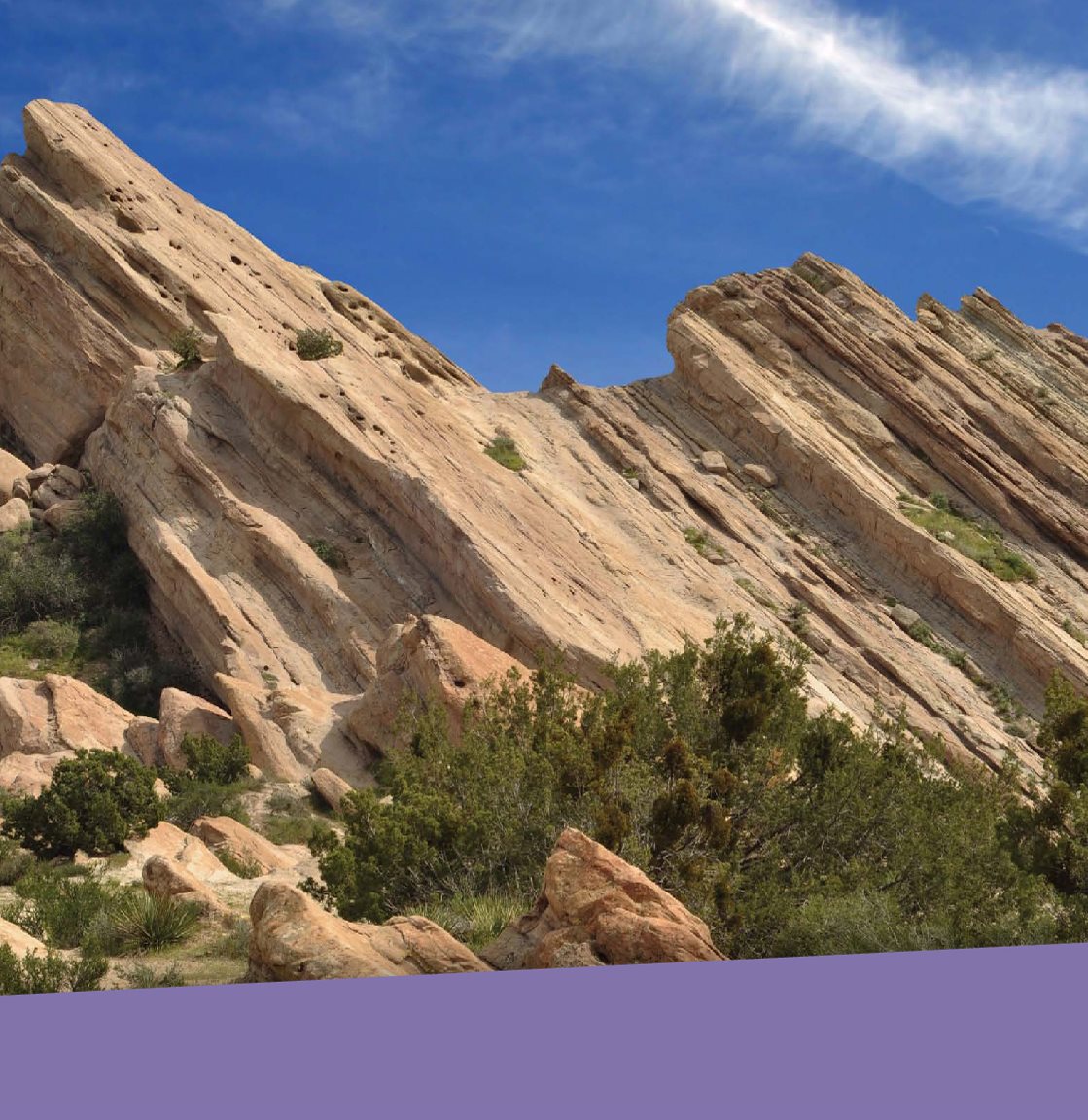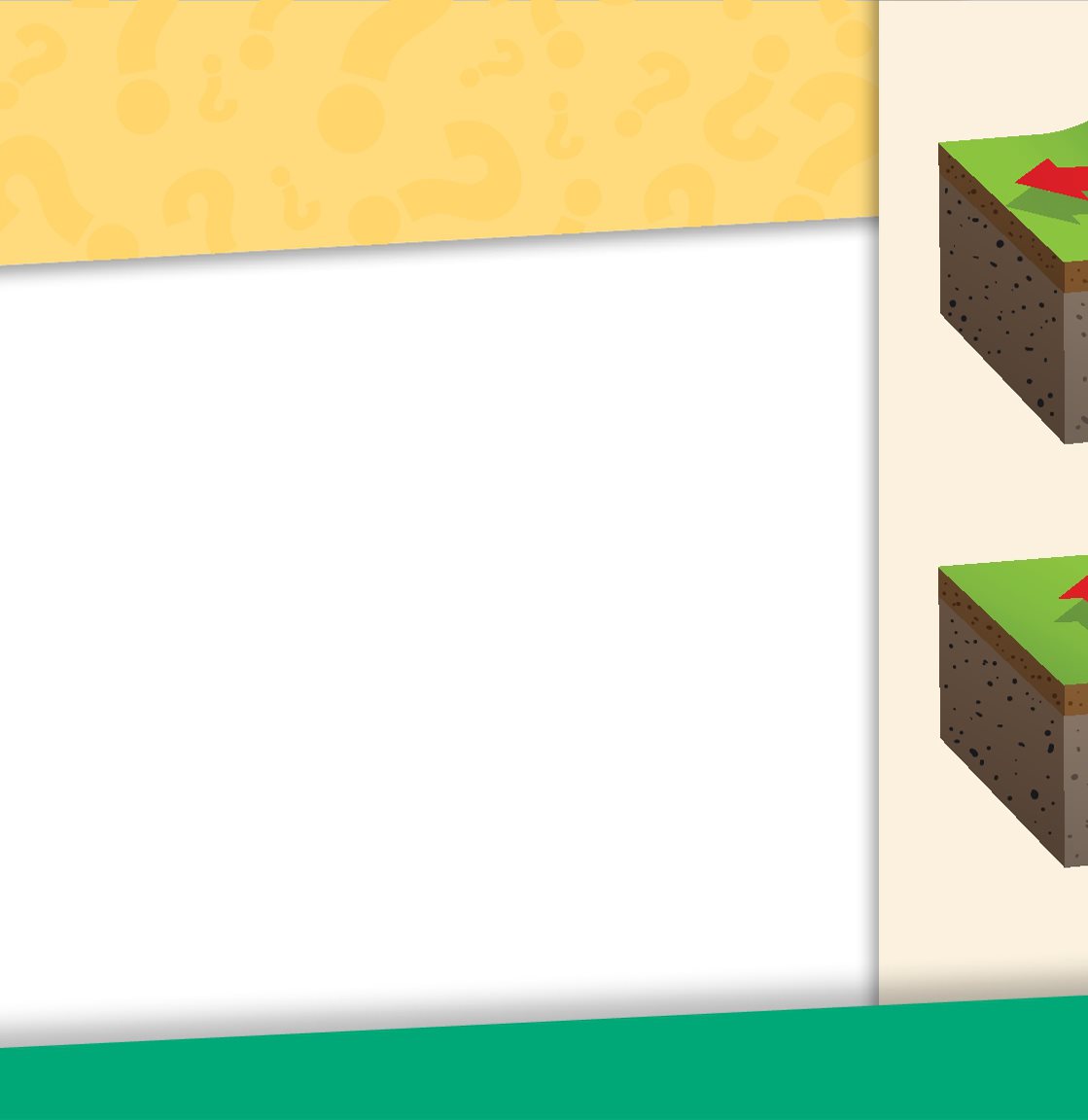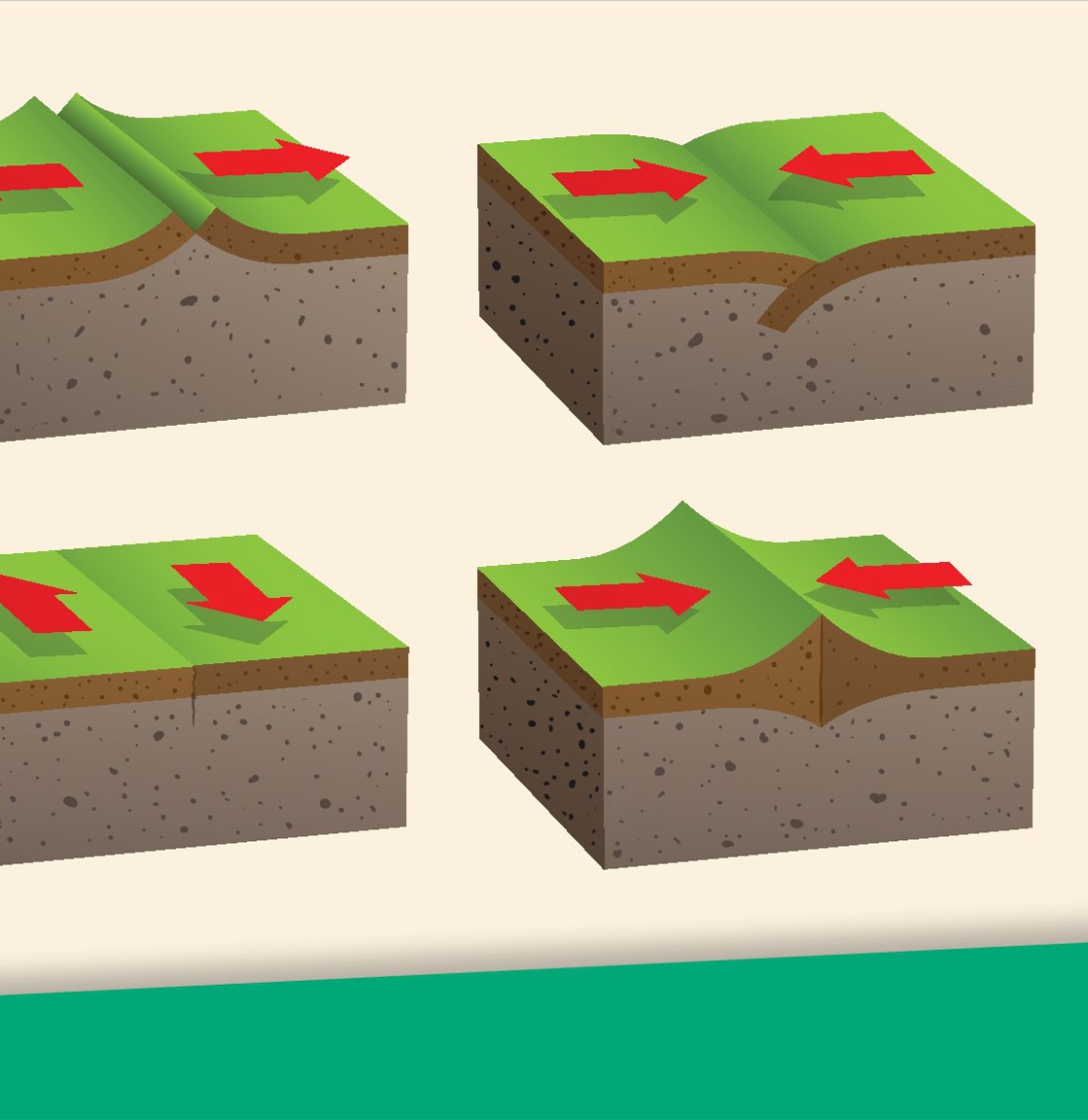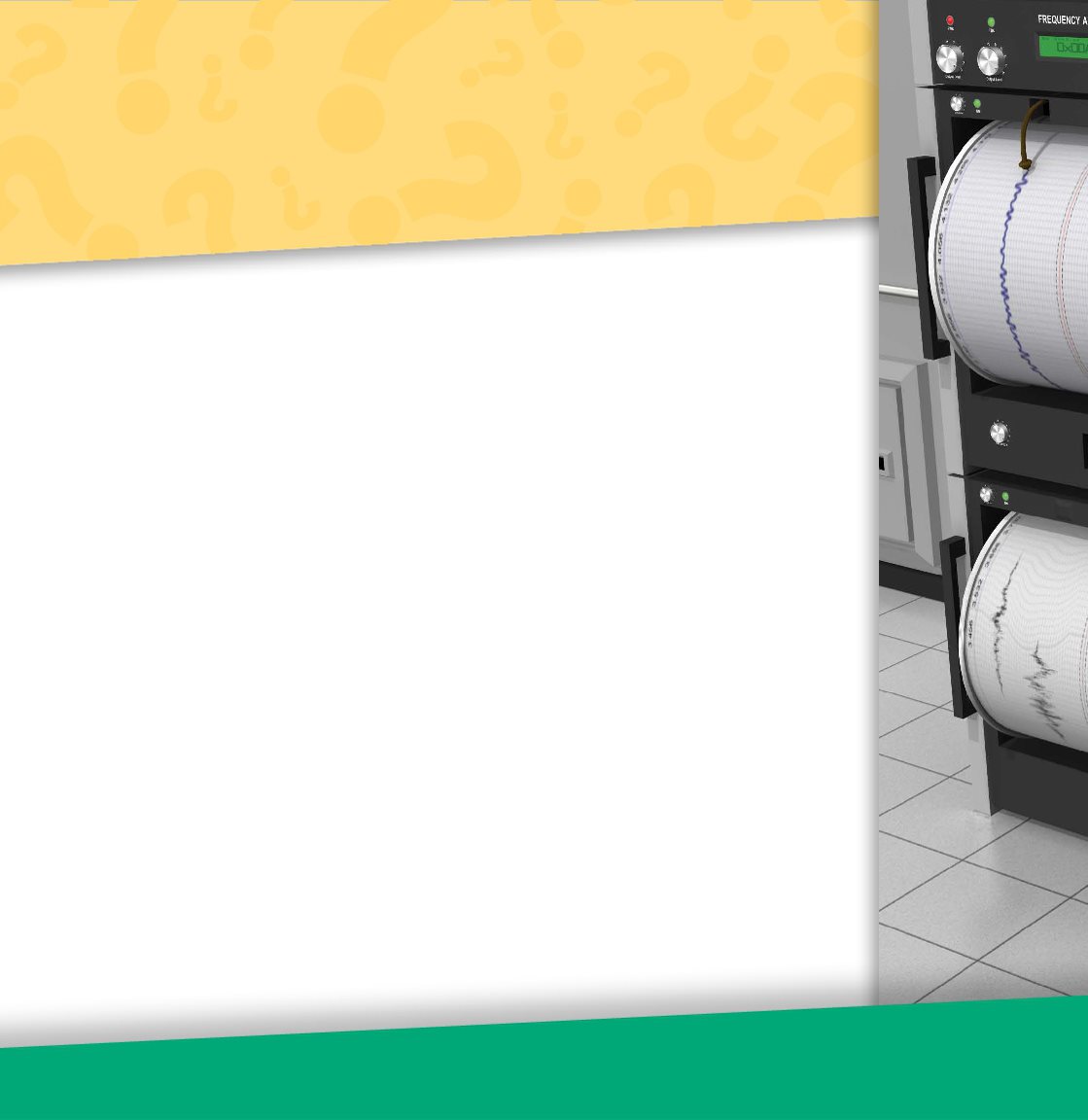Table of Contents
Guide
Published in the United States of America by Cherry Lake Publishing
Ann Arbor, Michigan
www.cherrylakepublishing.com
Content Adviser: Jack Williams, science writer specializing in weather
Reading Adviser: Marla Conn, ReadAbility, Inc.
Photo Credits: Pete Pahham/ Shutterstock Images, cover, 1, 5; Dalton Dingelstad/ Shutterstock
Images, cover, 1, 15; Digital Media Pro/ Shutterstock Images, cover, 1, 9; fotostory/ Shutterstock
Images, cover, 1, 5; Darren J. Bradley/ Shutterstock Images, cover, 1, 11; Tom Wang/ Shutterstock
Images, cover, 1, 17; michaeljung/ Shutterstock Images, back cover; Lindwa/Shutterstock Images, 7;
Vitoriano Junior/Shutterstock Images, 9; mstay/iStock, 13; jamesbenet/iStock, 15; bluecrayola/
Shutterstock Images, 19; daulon/Shutterstock Images, 21
Copyright 2015 by Cherry Lake Publishing
All rights reserved. No part of this book may be reproduced or utilized in
any form or by any means without written permission from the publisher.
Library of Congress Cataloging-in-Publication Data
Brennan, Linda Crotta, author.
We have earthquakes / by Linda Crotta Brennan.
pages cm. -- (Tell me why)
Summary: Offers answers to the most compelling questions about natural
disasters and the earths crust. Age-appropriate explanations and appealing
photos. Additional text features and search tools, including a glossary and
an index, help students locate information and learn new words-- Provided
by publisher.
Audience: Grade K to 3.
Includes bibliographical references and index.
ISBN 978-1-63188-011-7 (hardcover) -- ISBN 978-1-63188-054-4 (pbk.) -
ISBN 978-1-63188-097-1 (pdf) -- ISBN 978-1-63188-140-4 (ebook) 1.
Earthquakes--Juvenile literature--Miscellanea. 2. Childrens questions and
answers--Miscellanea. I. Title.
QE521.3.B74 2015
551.22--dc23
ISBN-13 978-1-68444-475-5 (ebook)
2014005710
Cherry Lake Publishing would like to acknowledge the work of The Partnership for 21st Century Skills.
Please visit www.p21.org for more information.
Printed in the United States of America
Corporate Graphics Inc.
Synchred Read-Along Version by:
Triangle Interactive LLC
PO Box 573
Prior Lake, MN 55372
Table of Contents
Rattling Snack
Keko sat down for her after-school snack.
Suddenly, her plate started rattling. Her milk
spilled. Duffy whined and scooted under
the table.
Keko reached down and stroked her dog.
He was shaking.
That was strange, she said.
Her dad came in. We just had an
earthquake! he said.
Whats an earthquake? Keko asked.
Make a GUESS!
Do other parts
of the world have
earthquakes,
too?
Some earthquakes are strong enough to destroy large buildings.
Her dad sat down. The earth has layers
like an egg, he said. The core of the earth
is like the yolk. Around it, the mantle is
melted rock. The shell of the earth is the
crust . It is a thin outside layer of solid rock.
An earthquake is the sudden movement
of part of the earths crust. The epicenter
is the area directly above the place where
an earthquake starts.
Core
Mantle
Crust
When the earths crust moves, we call it an earthquake.
Plates and Faults
Keko was worried. We never had an
earthquake before.
Her dad gave her a hug. Most earthquakes in our country happen on the
West Coast.
But we dont live on the West Coast,
said Keko.
Sometimes earthquakes happen in other
places, too, he said. Most earthquakes are
mild. We dont even feel them.
Look!
Can you find
the West Coast
on this map?
Do you live an area where earthquakes happen often?
The earths crust is broken into pieces called plates . Most earthquakes happen
along fault lines . These are places where
two plates meet.
The San Andreas Fault runs along the West Coast. Its where the North American Plate and the Pacific
Plate meet.
The San Andreas Fault is part of the Ring of Fire. This is a circle around the
Pacific Plate. Almost all earthquakes
happen in this ring.
When the earths plates move they can lift large rocks.
Measuring Quakes
But what makes an earthquake?
asked Keko.
The plates of the earths crust move around, said Dad. But their edges are
rough. They can get stuck while the rest
of the plate keeps moving. When that
happens, energy gets stored.
Her dad got a rubber band and
stretched it. When enough energy is
stored, it does this. He let the rubber
band snap. With a fault, the edge
Earths Crust
Earths Crust
Earths Crust
Earths Crust
During an earthquake plates can be forced to move in different directions.
suddenly shifts, he said. The energy
ripples out in waves. The waves shake the
ground. This is an earthquake.
Scientists measure earthquakes and aftershocks using the Richter scale . Most earthquakes are less than on the
Richter scale. We can hardly feel them.
Earthquakes larger than are strong.

